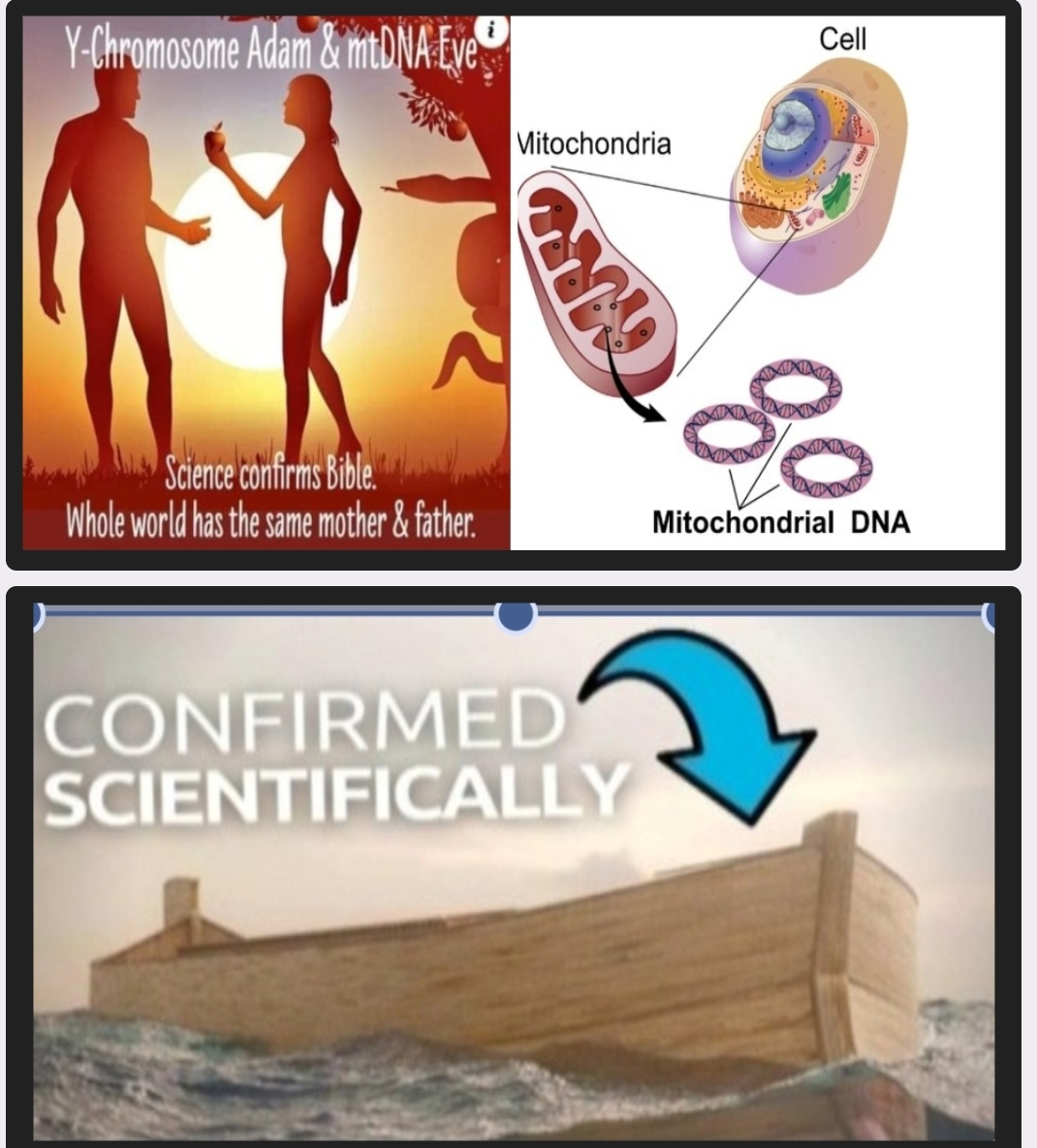Seed bearing plants occurred before animals just as Genesis 1 states
Seeds appear in the Paleozoic Era, which began about 541 million years ago. The first seeds were produced by plants called pteridophytes, which are a group of non-flowering plants that include ferns, horsetails, and clubmosses. Seeds are a very effective way for plants to reproduce and disperse their offspring, and they helped plants to become more successful in a variety of environments.
The first plants to appear on Earth were simple, single-celled algae. The first land plants were simple, non-vascular plants. These plants were followed by more complex vascular plants, which had specialized tissues for transporting water and nutrients. Vascular plants were able to grow taller and larger than non-vascular plants, and they were able to colonize a wider range of environments.
The first seeds appeared in the Paleozoic Era, and they helped plants to become even more successful. Seeds allowed plants to reproduce and disperse their offspring more effectively, and they also helped plants to survive in harsh environments. Seeds are still an essential part of the plant kingdom today, and they help plants to thrive in a variety of environments.
The Paleozoic Era was before modern animals. It was the first of the three major eras in the Phanerozoic Eon, which is the current eon and includes all of Earth's history since the Neoproterozoic Era, about 541 million years ago. The Paleozoic Era lasted from 541 million to 252 million years ago, and it was a time of great diversification of life on Earth. The Cambrian Period, which was the first period of the Paleozoic Era, saw the "Cambrian explosion," a rapid diversification of life that included the evolution of many of the major animal phyla that exist today.
Paleozoic Seeds with Embryos
"Seeds in a conifer cone from the Lower Permian of west Texas contain embryo tissue. These are the oldest plant embryos on record. Their development prior to seed dispersal shows that the sequence of embryo growth typical of most modern seed plants had evolved before the end of the Paleozoic Era."
https://www.science.org/doi/10.1126/science.179.4069.184
Link to Google Scholar on the many articles on Paleozoic Seeds
Here are some journal articles that show seeds appear in the Paleozoic Era:
"The Evolution of Seeds" by David L. Dilcher (1991, Annual Review of Plant Physiology and Plant Molecular Biology). This article provides a comprehensive overview of the evolution of seeds, from their origins in the Paleozoic Era to their diversity in modern plants.
"The Paleozoic Origin of Seeds" by Donald J. Beerbower (1970, Science). This article presents evidence that the earliest seeds evolved from primitive vascular plants called pteridosperms.
These are just a few examples of the many journal articles that support the claim that seeds appeared in the Paleozoic Era. The fossil record is clear that seeds were present by the Late Silurian Period, and they likely evolved even earlier. Seeds were a major evolutionary innovation that allowed plants to colonize new habitats and survive in more challenging environments. They are one of the key features that distinguishes modern plants from their ancestors.




Comments
Post a Comment